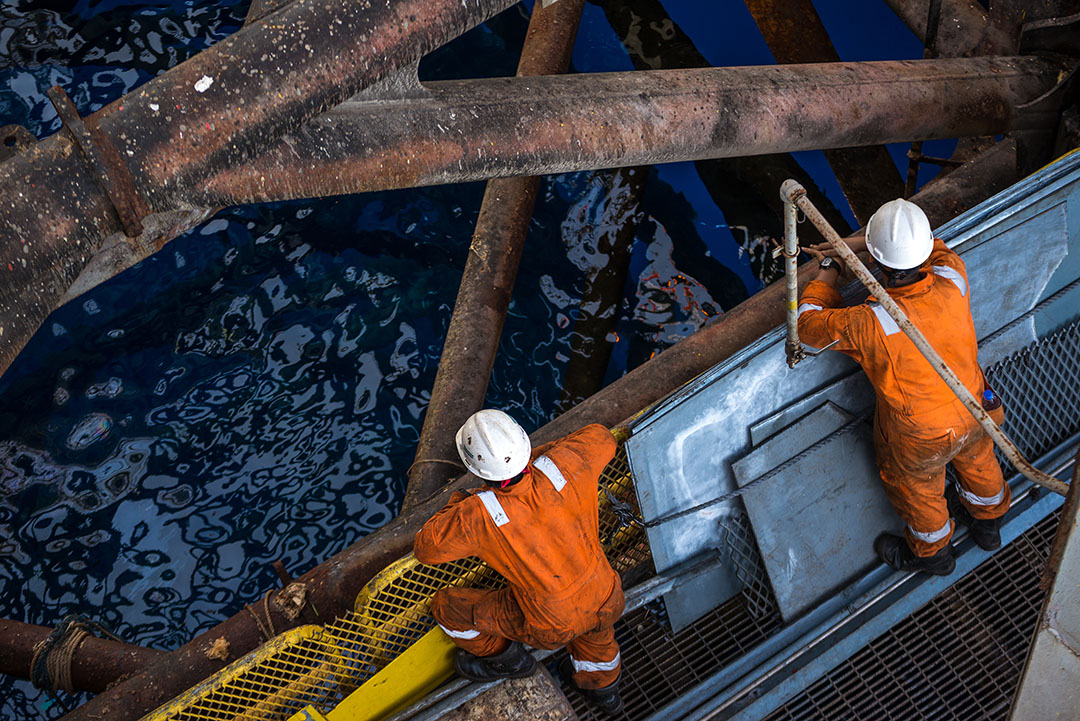 From 2003 to 2010, 823 oil and gas extraction workers were killed on the job—a fatality rate seven times greater than the rate for all U.S. industries. Workers in the oil and gas industry face a wide variety of hazards in their daily job duties. Oil and gas products and chemicals can be irritating, corrosive, flammable and worse. To help prevent workers from coming into contact with these hazards, employers will provide them with personal protective equipment (PPE). On oil and gas sites, required PPE usually includes eye protection, hearing protection, hand and foot protection, and flame-resistant clothing (FRC). Many workers are also required to wear portable monitors that detect hydrogen sulfide (H2S) or other gases.
From 2003 to 2010, 823 oil and gas extraction workers were killed on the job—a fatality rate seven times greater than the rate for all U.S. industries. Workers in the oil and gas industry face a wide variety of hazards in their daily job duties. Oil and gas products and chemicals can be irritating, corrosive, flammable and worse. To help prevent workers from coming into contact with these hazards, employers will provide them with personal protective equipment (PPE). On oil and gas sites, required PPE usually includes eye protection, hearing protection, hand and foot protection, and flame-resistant clothing (FRC). Many workers are also required to wear portable monitors that detect hydrogen sulfide (H2S) or other gases.
Hazards Unique to the Oil and Gas Industry
Oil and gas wells can expose workers to hydrogen sulfide gas. If your workplace uses sand for any process, such as hydraulic fracturing, workers may be exposed to crystalline silica. Crystalline silica is a known lung carcinogen, and can cause silicosis, which can be debilitating and even fatal. Oil-and-gas-related flash fires can reach up to 1900 degrees Fahrenheit and can last up to five seconds. These fires most commonly occur in well drilling, servicing, and production-related operations. Fortunately, there are many different types of personal protective equipment (PPE) to protect against these hazards.
Head, Face and Eye PPE
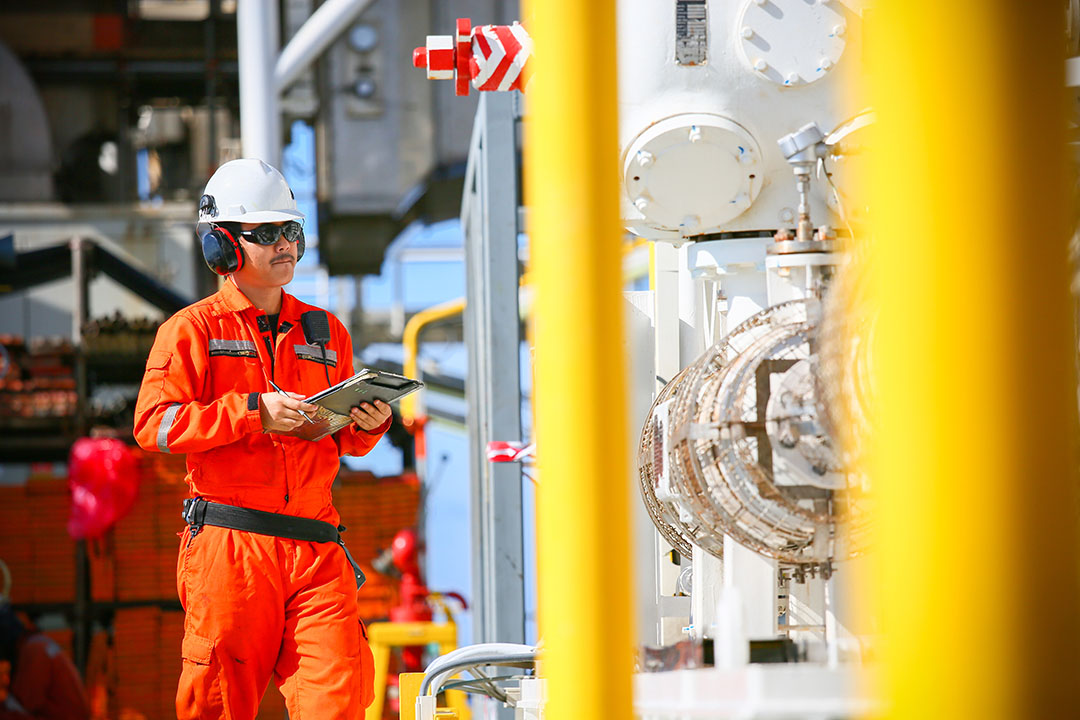
If there’s a danger of falling objects, overhead electrical hazards or fixed objects that workers could bump into, they’ll need to wear head protection. All classes of hard hats provide impact and penetration protection. Class G hard hats also provide protection against up to 2,200 volts of electricity. Class E hard hats protect against up to 20,000 volts. Class C hard hats provide no electrical protection, so they aren’t usually worn on oil and gas sites.
 Body PPE
Body PPE
OSHA recommends that employers and employees choose gloves based on the employee’s job duties, work environment and the performance and construction characteristics of glove materials. Leather, canvas and fabric gloves can protect hands from dirt, splinters, abrasions, cuts and heat, but they can’t fully protect against liquids or strong chemicals. Neoprene, nitrile, vinyl and rubber gloves can protect against liquid and chemical hazards, but each material is only rated to protect against certain types of chemicals. Many of these types of gloves are only intended for a single use and are vulnerable to tears. Specialty gloves can be worn to protect against crushing injuries, heavy vibrations, and situations where multiple hazards are present.
Workers may step on sharp objects, have their feet crushed by heavy objects, be exposed to excessive heat or cold, and be exposed to slip, trip, and fall hazards. Depending on your worksites’ job duties, workers may also be susceptible to electrical hazards, caustic chemicals and acids, and even molten metal. Safety boots with steel or impact-resistant toes are common and should have slip-resistant soles with a strong grip. Boots made of neoprene or nitrile can protect against chemicals or petroleum products. Insulated rubber boots help protect against electric shock. For welders, leather leggings can be worn above or over boots to protect from sparks and molten metal.
Respiratory PPE
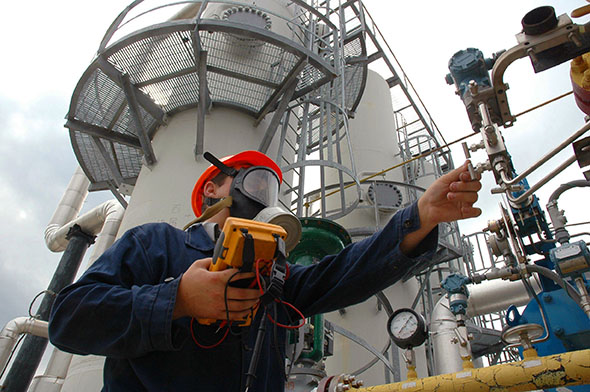
Summary
There is a wide variety of PPE on the market, but it will only work if employees are adequately trained on when, how and why to use it and if they always wear it properly.
For more information, see the following links:
SafetySkills covers these topics and more in its Personal Protective Equipment for the Oil and Gas Industries course. For more information, click here.
Interested in our Oil and Gas Courses? Schedule a free demo!

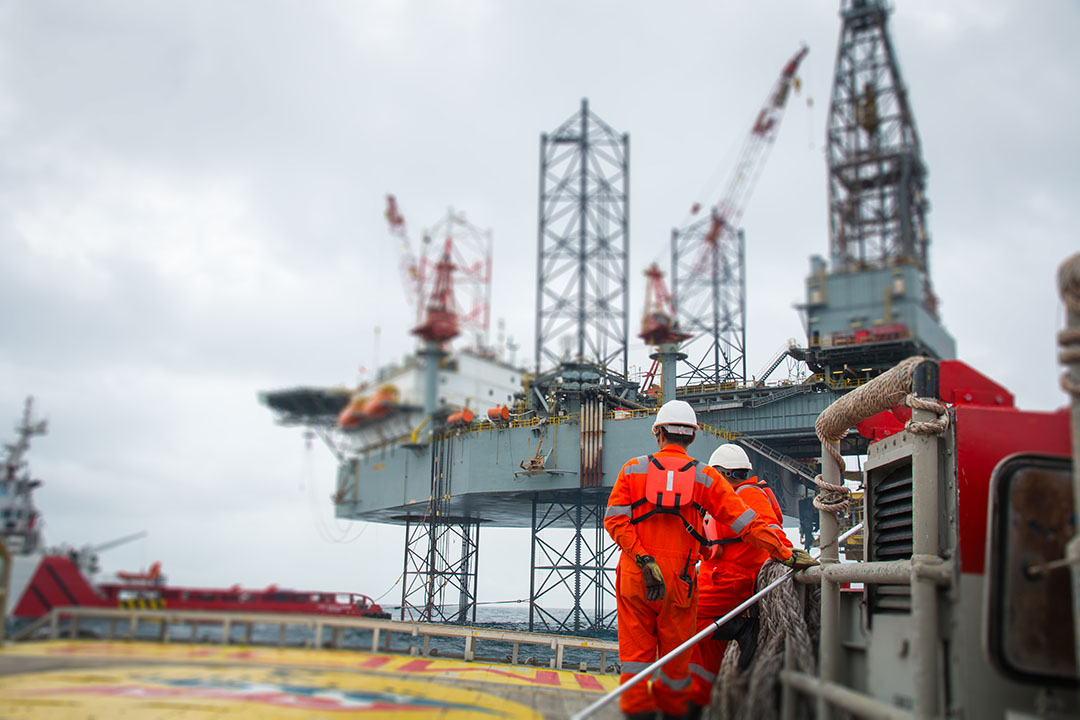
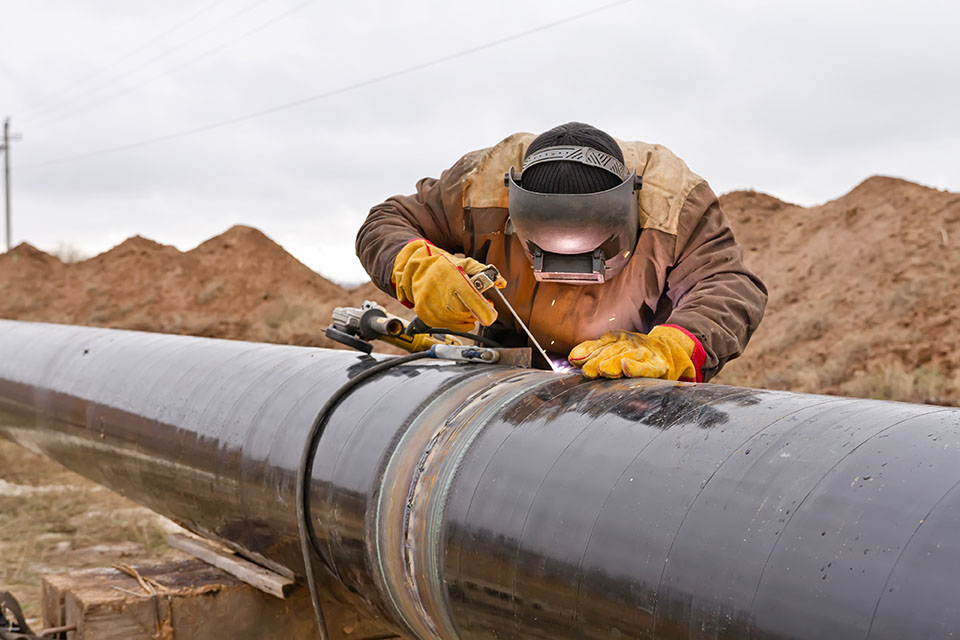 Body PPE
Body PPE